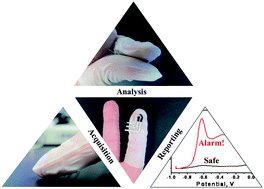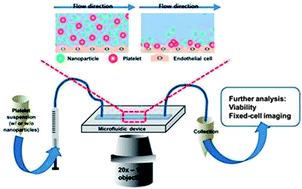Scientists in the US have devised an enzymatic logic system that could be used for releasing drugs. This is the first report of a man-made biomolecular system that can process a series of physiological signals, without the use of electronics.
Biocomputer-based logic systems that process biomolecular signals could revolutionise drug administration. By harnessing signal-responsive electrode surfaces that respond to biochemical signals, widespread personalised medicine takes a step closer to reality.
Historically, drug-release systems have been plagued by slow and uncontrolled release. Various external triggers, including temperature, pH and biochemical species, have been used to stimulate drug release. Systems activated by biochemical signals are often complicated and limited, combining both the receptor and the release system. Physical separation of these two components on individual electrodes would simplify the process.

Expanding on their recent work with glucose sensing electrodes, Evgeny Katz and Shay Mailloux at Clarkson University, in collaboration with Jan Halámek from the State University of New York at Albany, have developed a logical biomolecule release system. An electrode covered by a redox-active, iron(III)-cross-linked alginate polymer film with physically entrapped biomolecules serves as the substance-releasing component and a pyrroloquinoline quinone (PQQ)-modified electrode serves as the biocatalytic electrode.
To read the full article, please visit Chemistry World
A model system for targeted drug release triggered by biomolecular signals logically processed through enzyme logic networks
Shay Mailloux, Jan Halámek and Evgeny Katz
Analyst, 2014, Advance Article
DOI: 10.1039/C3AN02162A, Communication













 tissue only 5.5 × 5.5µm.
tissue only 5.5 × 5.5µm.



